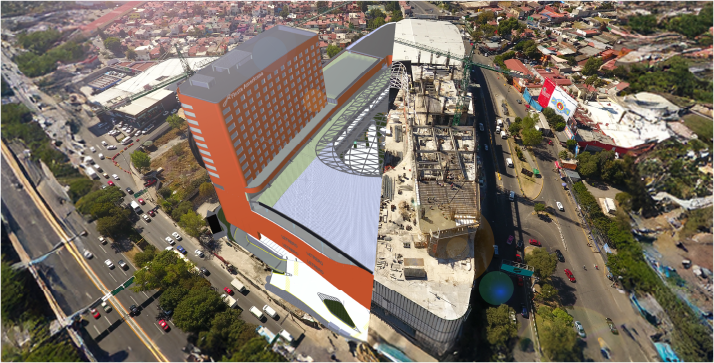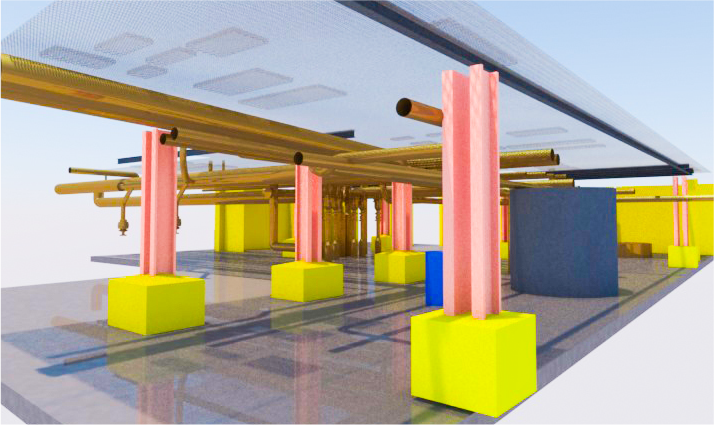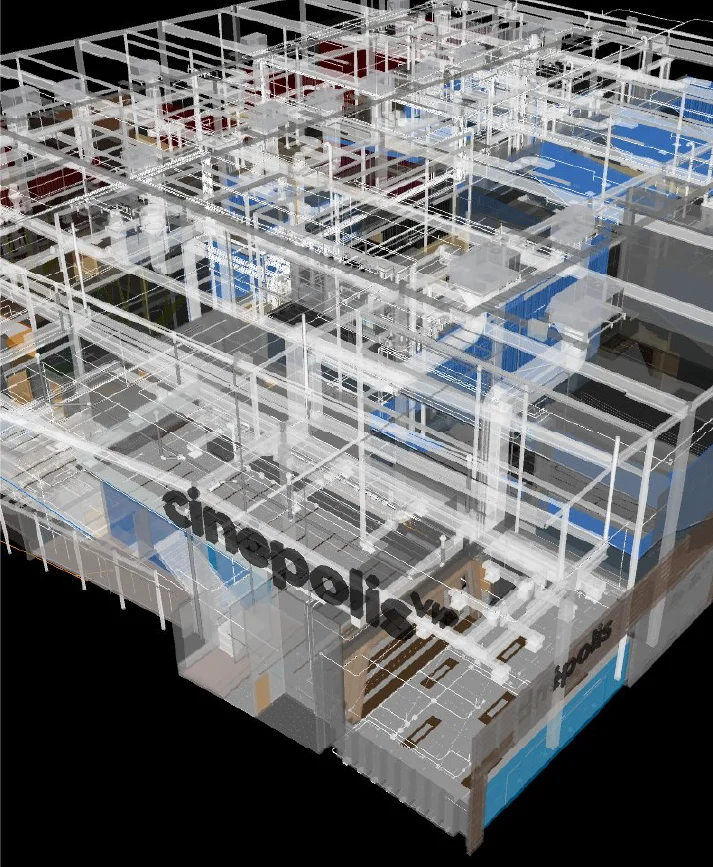
BIM enables the precise design of buildings, visualising every detail and ensuring consistency across plans.
Optimises the design and analysis of infrastructures such as bridges, roads, and tunnels, detecting clashes before construction begins.
Facility Management and BIM complement each other by integrating design, construction, and maintenance data, improving efficient building and operations management.
BIM provides accurate building data that facilitates long-term maintenance and management, improving operational efficiency and reducing maintenance costs.
BIM models optimise project design and execution by improving 3D visualisation, detecting conflicts, and enabling efficient planning. They promote team collaboration by centralising information, enhancing decision-making, and reducing errors. BIM also helps control budgets, forecast expenses, and avoid cost overruns. Additionally, it manages the project lifecycle, including long-term maintenance, and enhances sustainability through energy simulations. It applies to buildings, infrastructure, and renewable energy sectors.



Facility Management and BIM complement each other by integrating design, construction, and maintenance data, improving efficient building and operations management.

BIM provides accurate building data that facilitates long-term maintenance and management, improving operational efficiency and reducing maintenance costs.